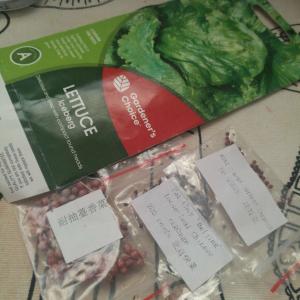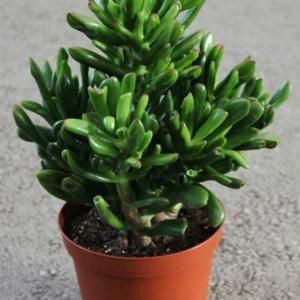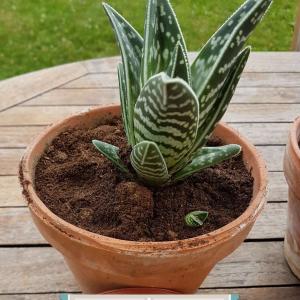文章
Dummer. ゛☀
2017年07月15日

Family - Ranunculaceae
Stems - Absent. Leaves and flowers from a small caudex and thickened roots.

Leaves - Few to many leaves from the base of the plant, petiolate. Leaves at anthesis from previous year. New seasons leaves appearing after the flowers. Petioles to +/-15cm long, purplish, sericeous, flattened or with a shallow groove adaxially. Blades 3-lobed, to +/-8cm long, +/-10cm broad, green when fresh, overwintering, mottled or purple, sericeous below (sparse), glabrous above. Lobes acute, entire, broadly ovate. Lateral lobes oblique at the base.
Inflorescence - One to many flowers arising from the base of the plant. Bracts enclosing the flower buds purple-scarious, glabrous, to +/-1.5cm long, acute. Peduncles quickly expanding in flower to +/-9cm long, purplish-green, sericeous, with long hairs, mostly terete.
Flowers - Sepals petaloid, 6, typically blue but also white or rose, to 1.5cm long, +/-7mm broad, glabrous, mostly rounded at the apex, oblong, distinct. Stamens many (+/-40), arising from beneath the carpels, mostly erect. Filaments white, glabrous, slightly thickened at the apex, to 6mm long. Anthers white to pale yellow, 1mm long and broad. Carpels many, green, to 3mm long in flower (total), sericeous (pilose) mostly in the basal 2/3. Receptacle pilose. Floral bracts 4, green, sericeous externally, glabrous internally, entire, to 1cm long, to 5mm broad, elliptic to lanceolate, rounded to acute at the apex, distinct.
Flowering - February - April.
Habitat - Rich, north-facing slopes of well drained soils. Typically on limestone.
Origin - Native to U.S. (and Europe?)
Other info. - This attractive species can be found mainly in the eastern half of the state. The plant is easy to identify because of its three-lobed leaves. No other plant in the state resembles it. The typical flower color is blue but the white-flowered form is common also. Here is a bluish group of flowers:
Another species, H. americana (DC.) Ker, is similar but has leaves which are rounded at the apices. This latter species is less common in Missouri.
To read about the medicinal uses of Hepatica see the Hepatica americana page.
Stems - Absent. Leaves and flowers from a small caudex and thickened roots.

Leaves - Few to many leaves from the base of the plant, petiolate. Leaves at anthesis from previous year. New seasons leaves appearing after the flowers. Petioles to +/-15cm long, purplish, sericeous, flattened or with a shallow groove adaxially. Blades 3-lobed, to +/-8cm long, +/-10cm broad, green when fresh, overwintering, mottled or purple, sericeous below (sparse), glabrous above. Lobes acute, entire, broadly ovate. Lateral lobes oblique at the base.
Inflorescence - One to many flowers arising from the base of the plant. Bracts enclosing the flower buds purple-scarious, glabrous, to +/-1.5cm long, acute. Peduncles quickly expanding in flower to +/-9cm long, purplish-green, sericeous, with long hairs, mostly terete.

Flowers - Sepals petaloid, 6, typically blue but also white or rose, to 1.5cm long, +/-7mm broad, glabrous, mostly rounded at the apex, oblong, distinct. Stamens many (+/-40), arising from beneath the carpels, mostly erect. Filaments white, glabrous, slightly thickened at the apex, to 6mm long. Anthers white to pale yellow, 1mm long and broad. Carpels many, green, to 3mm long in flower (total), sericeous (pilose) mostly in the basal 2/3. Receptacle pilose. Floral bracts 4, green, sericeous externally, glabrous internally, entire, to 1cm long, to 5mm broad, elliptic to lanceolate, rounded to acute at the apex, distinct.
Flowering - February - April.

Habitat - Rich, north-facing slopes of well drained soils. Typically on limestone.
Origin - Native to U.S. (and Europe?)
Other info. - This attractive species can be found mainly in the eastern half of the state. The plant is easy to identify because of its three-lobed leaves. No other plant in the state resembles it. The typical flower color is blue but the white-flowered form is common also. Here is a bluish group of flowers:
Another species, H. americana (DC.) Ker, is similar but has leaves which are rounded at the apices. This latter species is less common in Missouri.
To read about the medicinal uses of Hepatica see the Hepatica americana page.
0
0

























